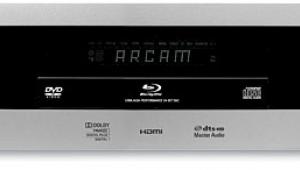I've owned this player for two months and the plus's and minus's are pretty much spot on. Coming off my Oppo UHD-205 this player comes pretty close in overall performance.
One extra note I'd like to make is to double-down on the strength of this player's D/A convertor. I own a Benchmark DAC3-B which costs more than this player does, and upon direct A/B comparisons the Pioneer compares very nicely with my Benchmark.








































































